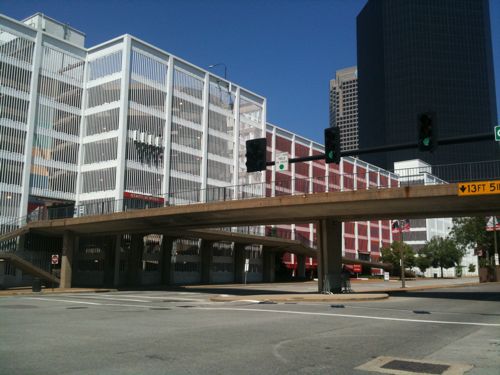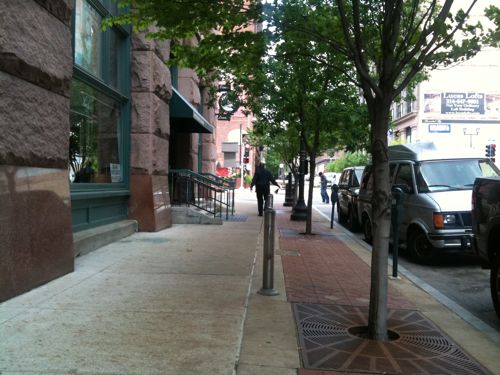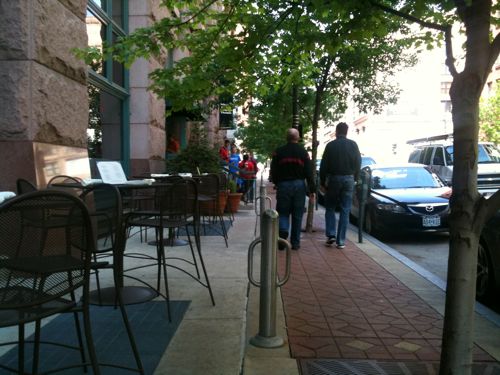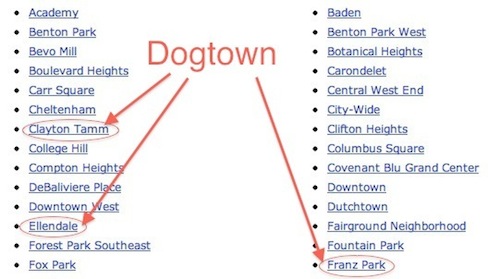Bike To Work Day Friday May 20th

To celebrate National Bike to Work Day on Friday, May 20, join Trailnet for a free continental breakfast for bike commuters at various Refueling Stations around St. Louis. Breakfast will be served 6:30 – 9:00 a.m.
TRAILNET REFUELING STATION LOCATIONS INCLUDE:
Missouri History Museum: 5700 Lindell Boulevard
Creve Coeur: 12166 Conway Road
Missouri Botanical Gardens: 4344 Shaw Boulevard
Downtown St. Louis:1011 Locust
Delmar Loop: 6133 Delmar Boulevard
Central West End Station: West Pine at Euclid
Downtown Clayton: 7711 Bonhomme Avenue
Children’s Hospital: 1 Children’s Place
DeMun: 700 DeMun Avenue
Presented by: Great Rivers Greenway
In Partnership With: Bike St. Louis, Big Shark Bicycle Co., City of Creve Coeur, CIty of St. Louis, Companion Baking, Downtown Bicycle Station, Missouri Botanical Garden, Missouri History Museum, Moonrise Hotel, Pedal the Cause, and Urban Shark.
Being the critic I can’t help but notice the western bias of the fueling stations. The persons living in the Baden (north) or Carondelet (south) areas and heading to say midtown or downtown are basically out of luck. Â When I lived in Dutchtown (south) I commuted by bike three days a week to I-70 & Union (north) in 1999. Come on, Children’s Hospital and Pine @ Euclid just blocks apart but nothing north and only the Botanical Gardens south. Â Hopefully 2012 will see better coverage for these refueling stations.
– Steve Patterson






